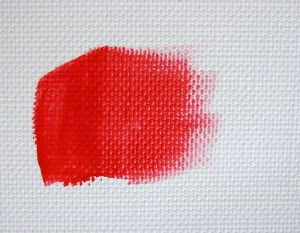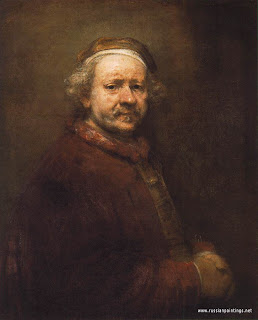 Scumbling is the application of a fine layer of paint with a very dry brush. Rather than the pigments being dispersed in a transparent medium, it creates a fine mesh of opaque pigment. This method is usually used when painting scenes of nature, water, atmospheric effects, or different types of lighting. Opaque colors are placed over in thin layers over darker colors to create a softening effect.
Scumbling is the application of a fine layer of paint with a very dry brush. Rather than the pigments being dispersed in a transparent medium, it creates a fine mesh of opaque pigment. This method is usually used when painting scenes of nature, water, atmospheric effects, or different types of lighting. Opaque colors are placed over in thin layers over darker colors to create a softening effect.
This technique has been in existence since the 1600s, Rembrandt being the most famous user. This method is effective in building depth adding layers and textures.
Scumbling is similar to glazing, except that the coat is opaque, and is painted very thinly to allow bits of paint to shine through.
To recreate this effect digitally, one needs a textured surface and natural brush tools. Using multiply and subtract brush techniques, one can scumble on photoshop. The lines, being almost scratchy and fading, give the illusion of a natural painting. Textures can be of great help to give off a realistic feel and assist with a brush stroke looking effect. Blend using the texture and play with the opacity level to give an extra touch of authenticity. Light strokes on dark texture background help with highlights and gives a three-dimensional look to form.
Rembrandt (www.rembrandtpainting.net/famous_works.html) is one of the most famous painters to encorporate this technique in his most well known and realistic works. He is known as the master of light, and scumbling helped him get there.
Francis Bacon (www.nytimes.com/2009/05/22/arts/design/22baco.html) uses scumbling for abstract images.
Diego Velazquez (www.ibiblio.org/wm/paint/auth/velazquez/) was a 17th Century Spanish painter who encorporated scumbling similar to Rembrandt.
For a detailed description on how this can be accomplished on photoshop, go to (www.joshruff.com/dptutorial/index.html)

No comments:
Post a Comment